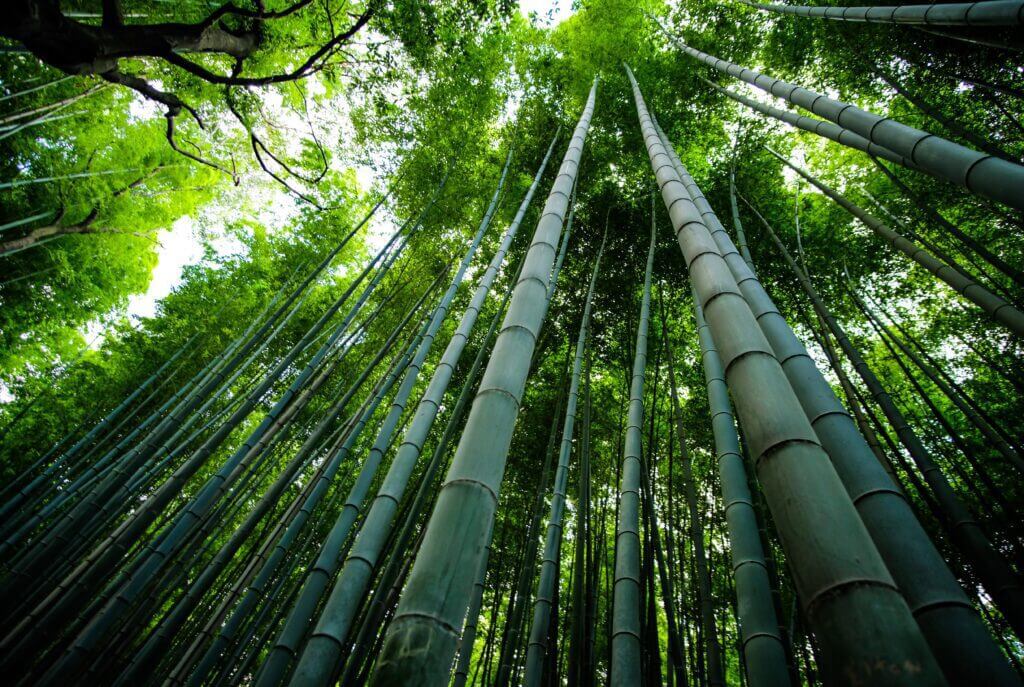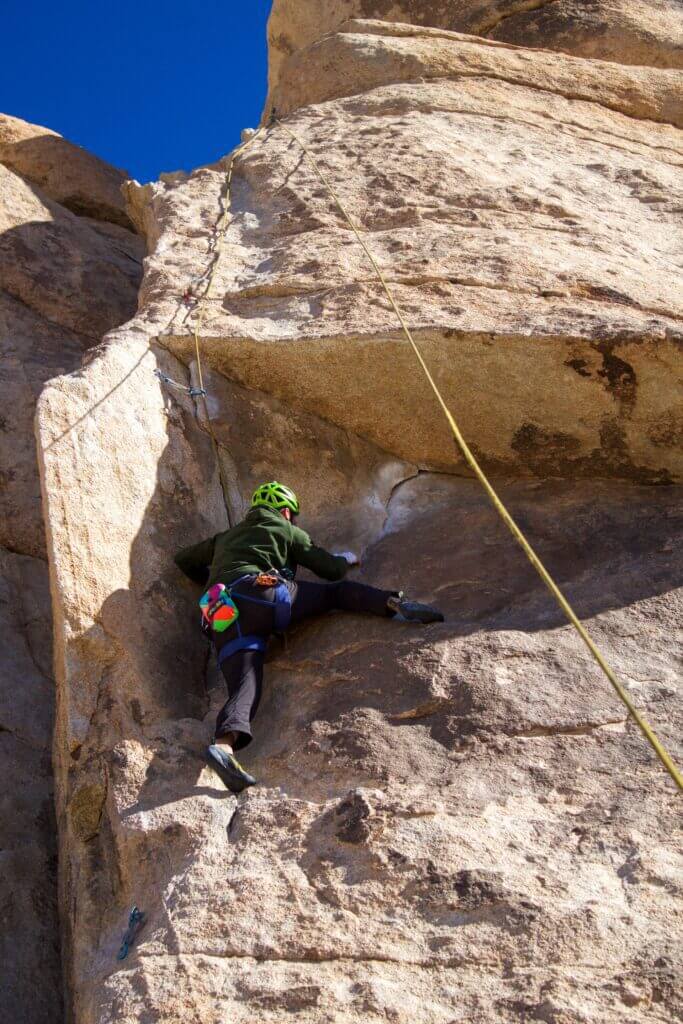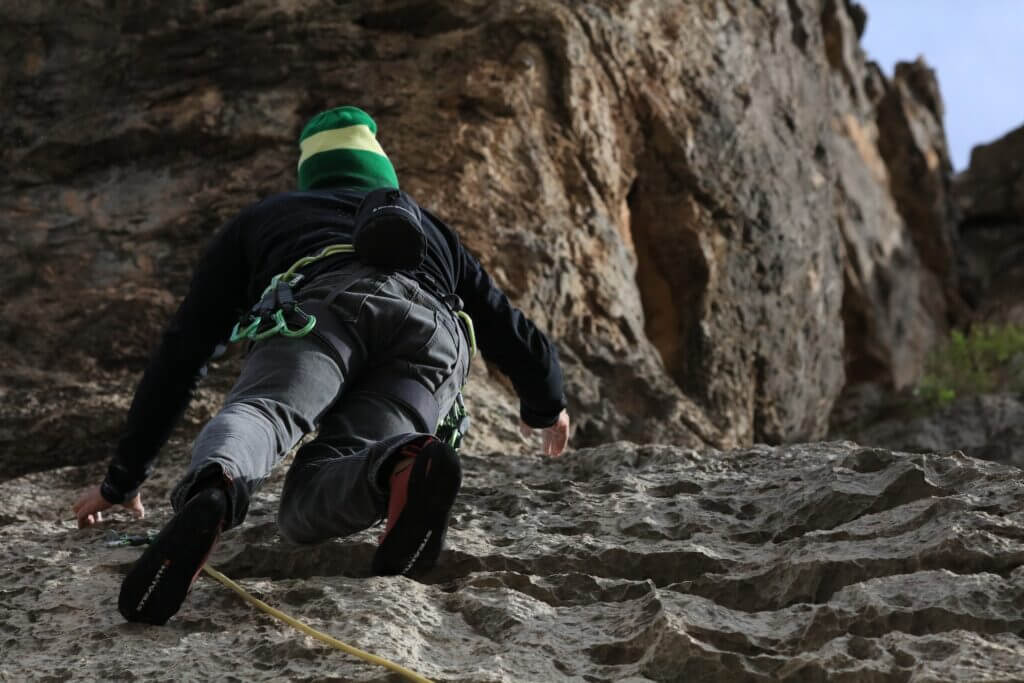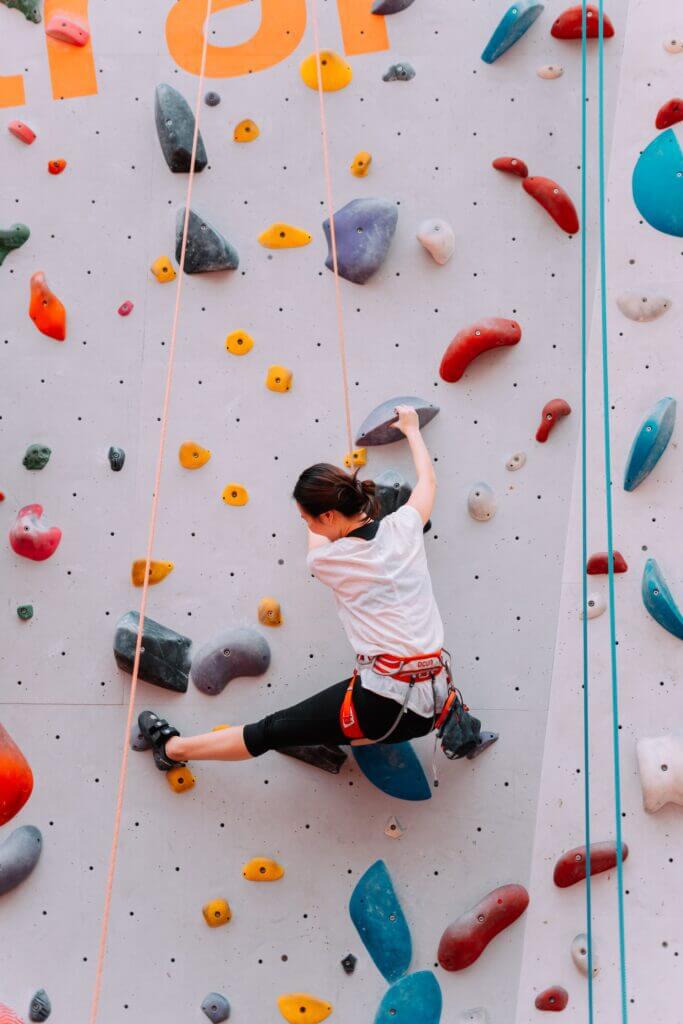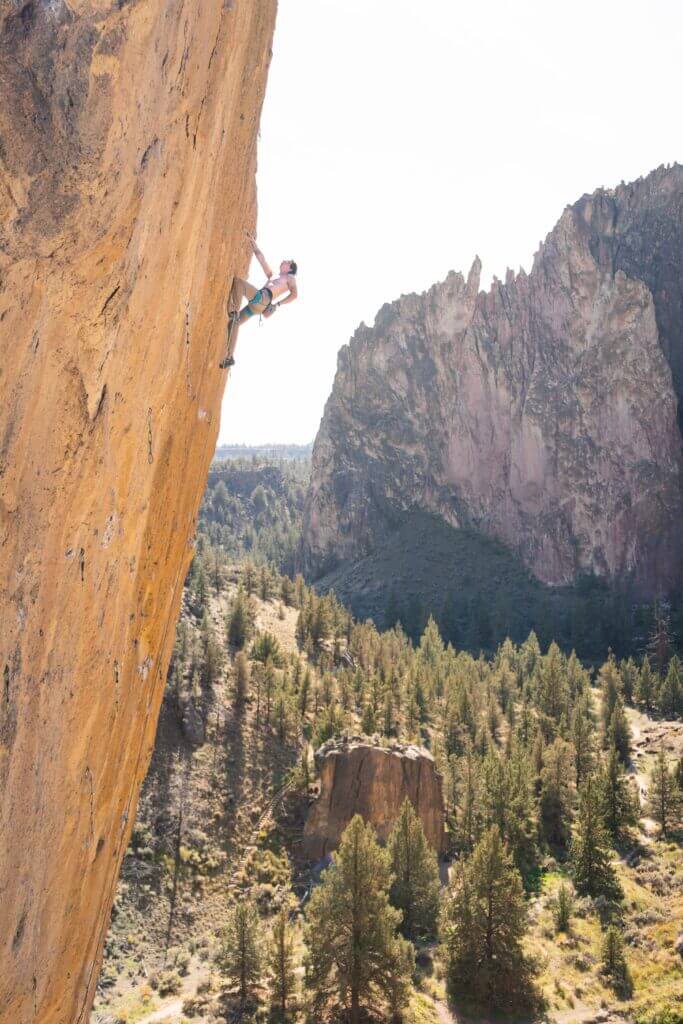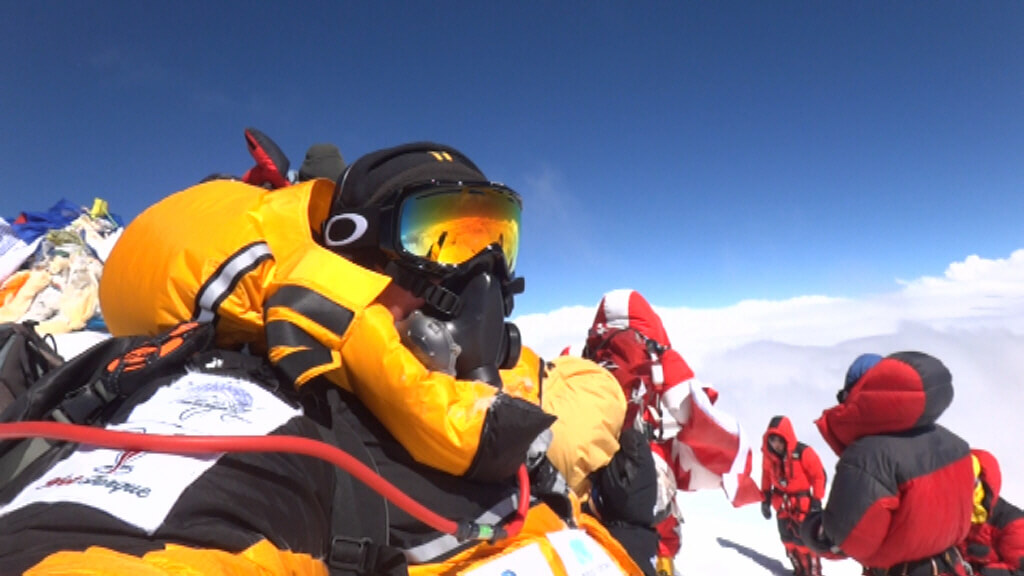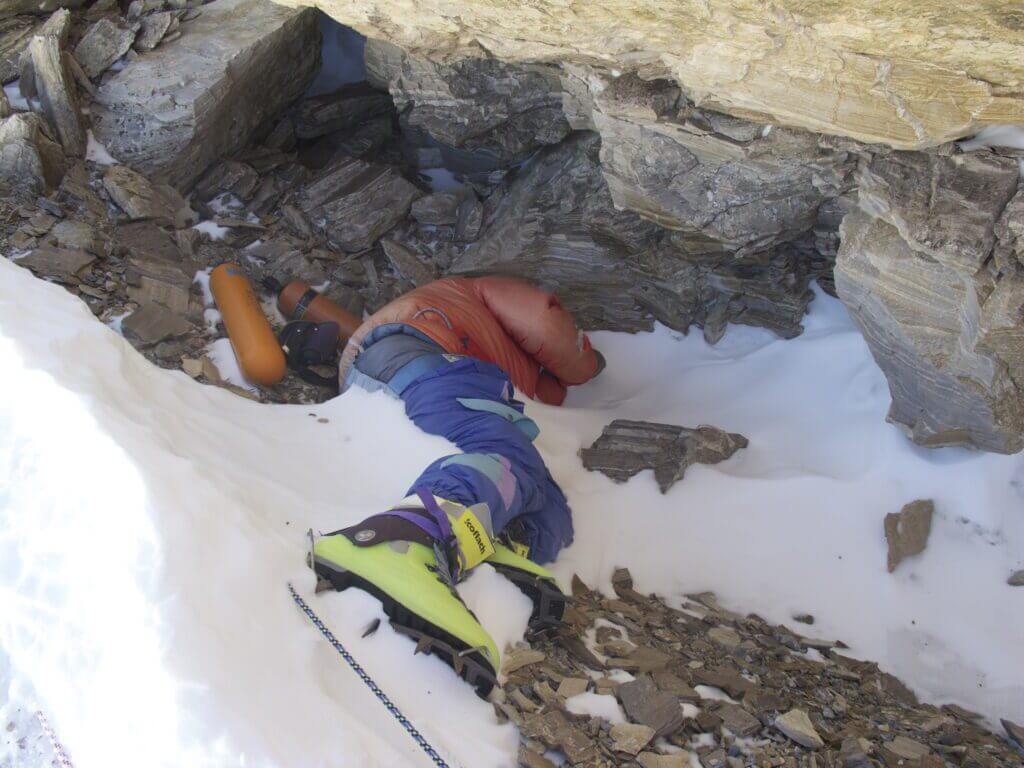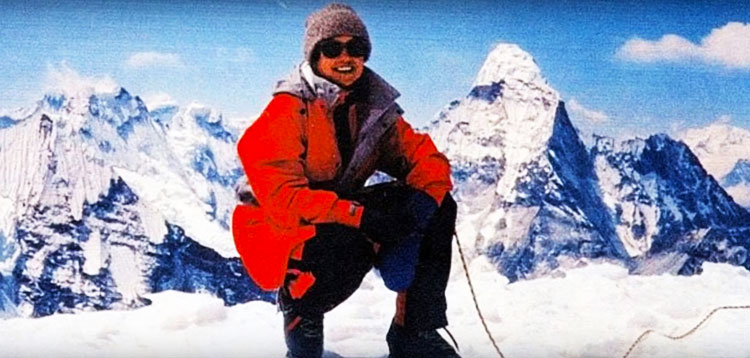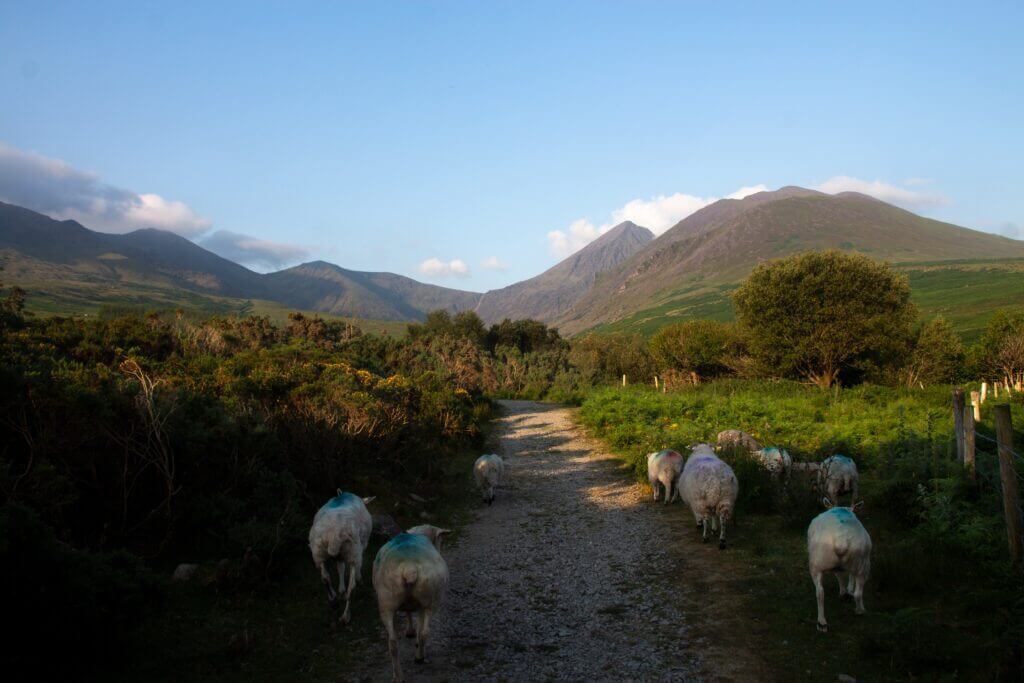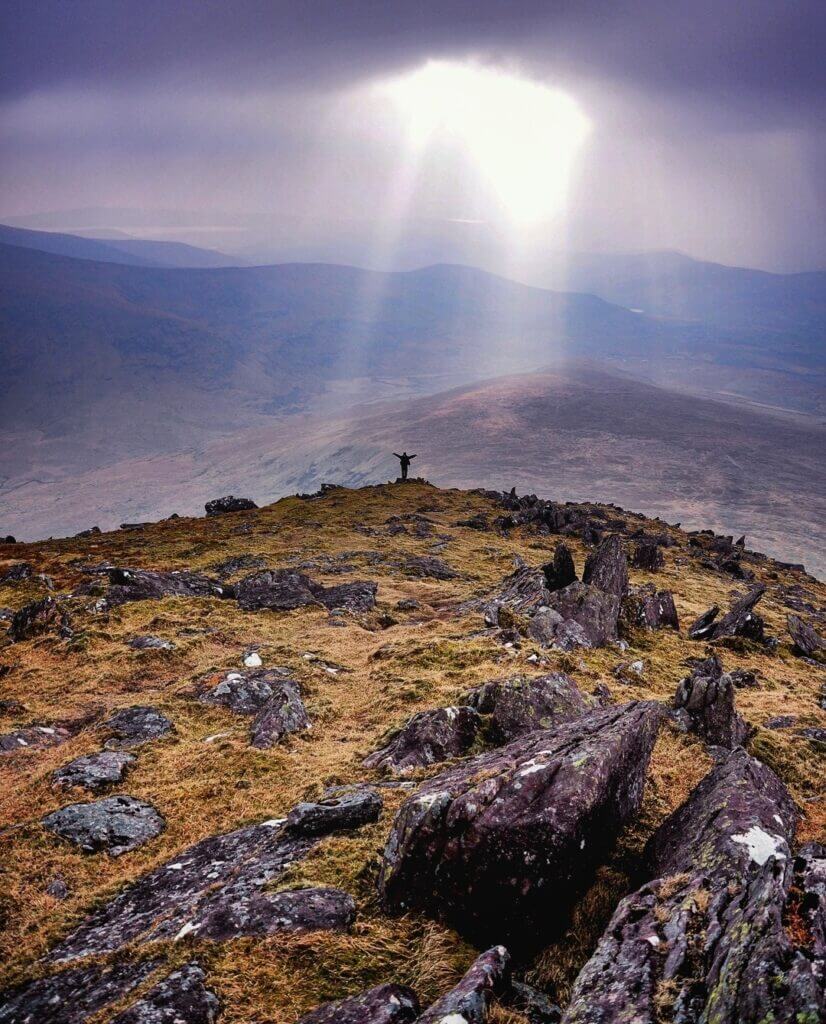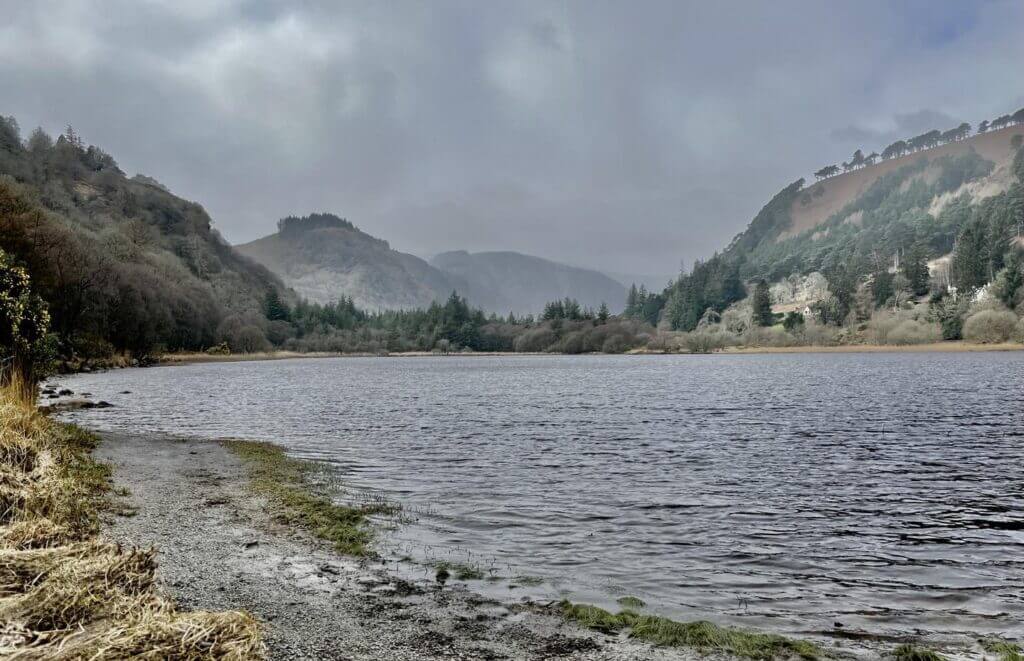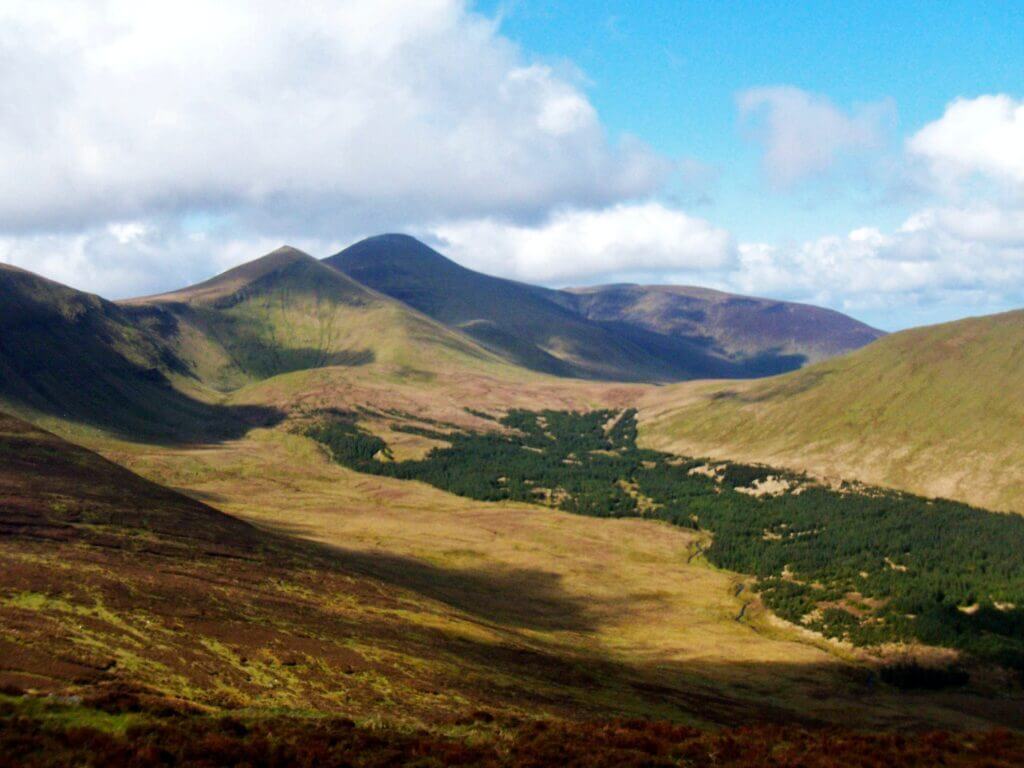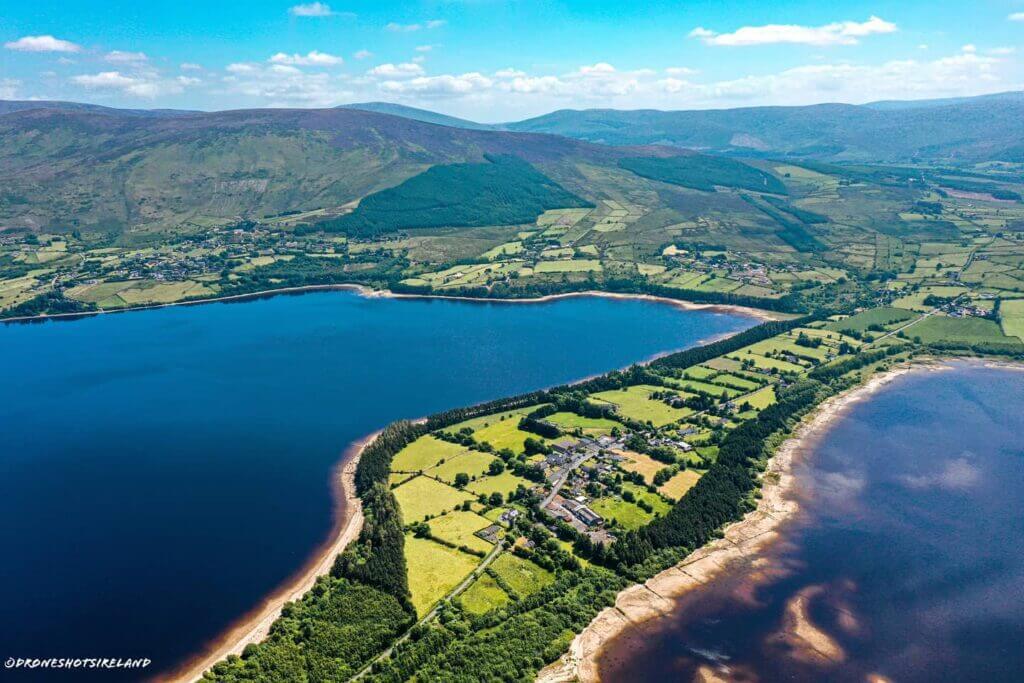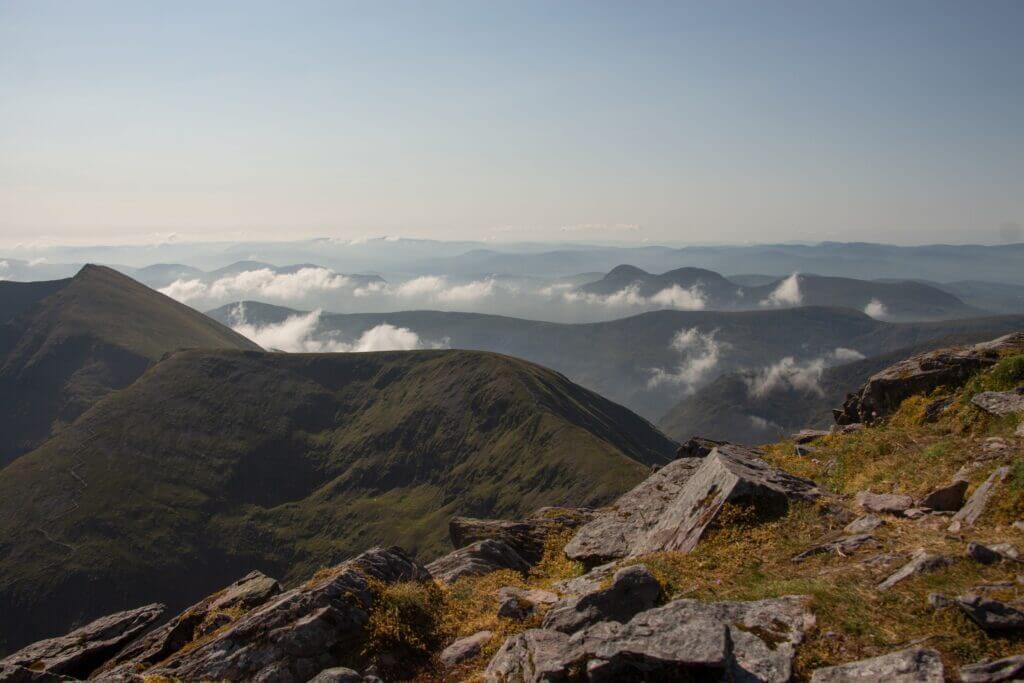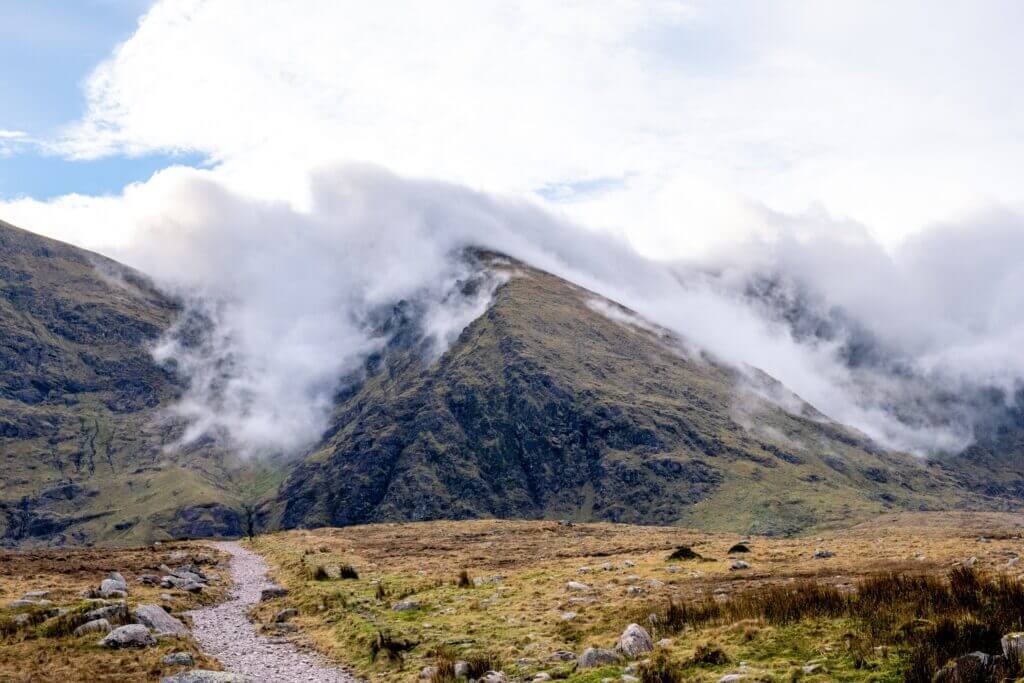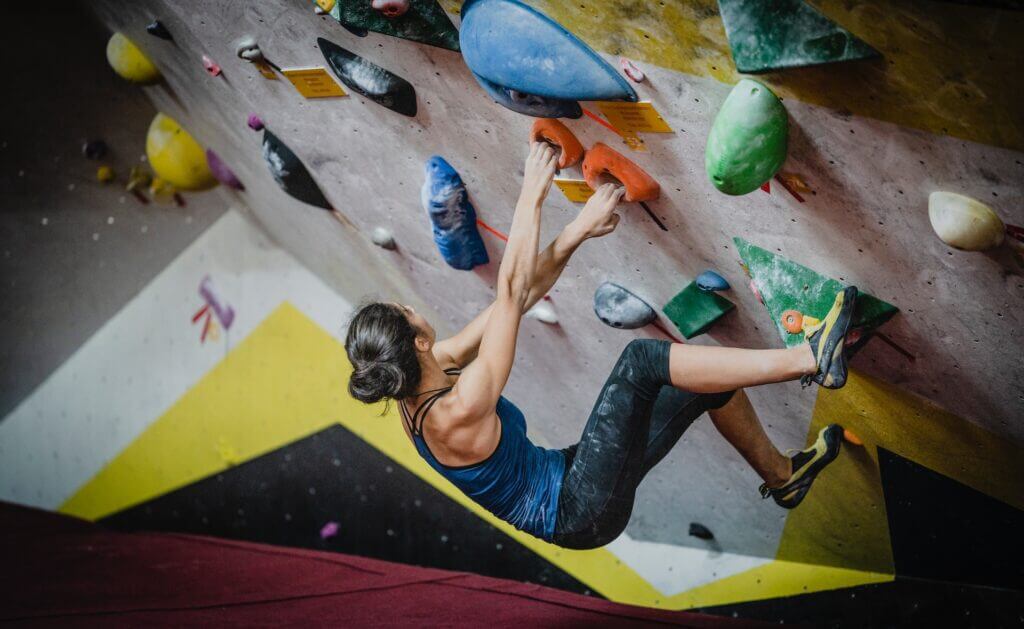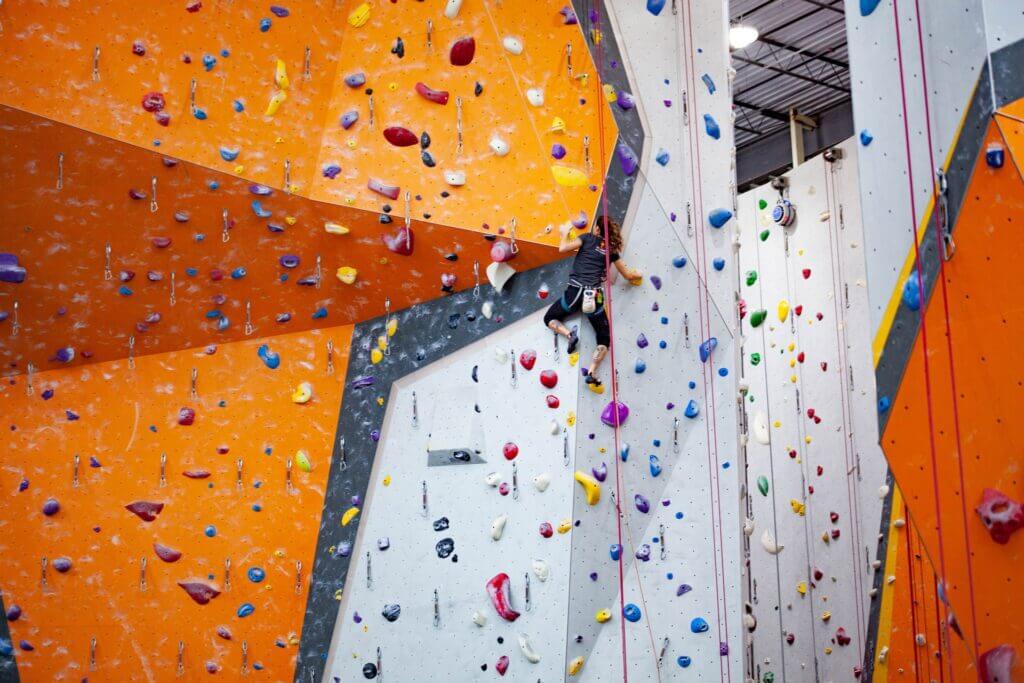Venture into the rugged, rocky terrain of the Arrochar Alps. Visit a majestic mountain range on the western side of Loch Lomond. With Ben Lomond towering over the eastern shores, it’s no wonder these peaks are a popular destination for outdoor enthusiasts. History has seen many hillwalkers conquer these trails, and it’s not hard to see why. The mountains offer a true alpine experience and are easily accessible from Glasgow and the central belt.
The Arrochar Alps is a must-visit for adrenaline junkies, with the famous Cobbler peak testing even the most experienced climbers. This peak leaves visitors with memories that will last a lifetime.
Arrochar Alps is part of Loch Lomond and the Trossachs National Park, Scotland’s first national park established in 2002.
Pack your gear, lace up your boots, and embark on an adventure of discovery in the majestic Arrochar Alps. Let’s explore together and create unforgettable memories along the way.
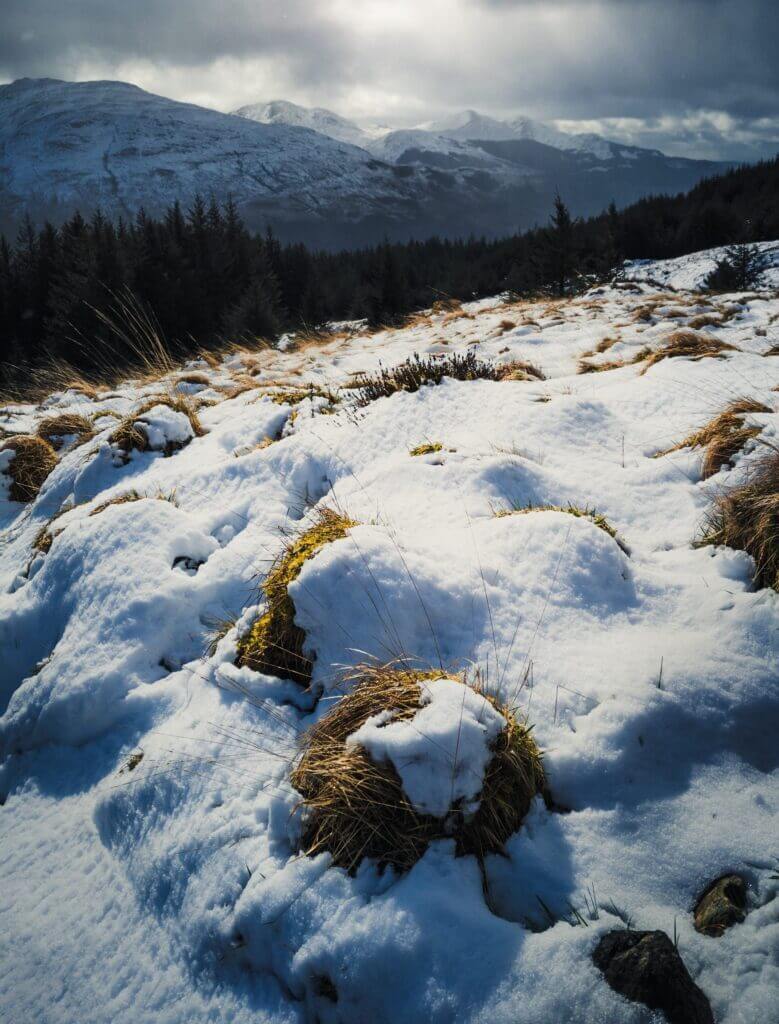
Discover the Wild & Majestic Arrochar Alps
Mountains in the Arrochar Alps, including Munros, Corbetts, and Grahams, contribute to the area’s reputation for wild and rugged terrain. Some peaks rise over 3,000 feet.
Munros
Prepare to be awestruck by the majesty of the Munros! These towering Scottish mountains rise to over 3,000 feet (914.4 m). These peaks offer a unique challenge to mountaineers of all levels as they have no topographical prominence requirement.
The highest peak in the British Isles is Ben Nevis, the pinnacle of the Munros, standing at a staggering height of 4,411 ft (1,345 m). But there’s more to the Munros than just Ben Nevis!
Venture into the realm of Sir Hugh Munro, 4th Baronet (1856-1919). His passion for the great outdoors ignited a fervour for these towering titans. Munro’s Tables, first unveiled in 1891, introduced the world to the breathtaking peaks that now bear his name. These rugged Munros, alongside their equally captivating siblings, the Munro Tops, hold a special place in the hearts of adventurers everywhere.
While the Munros soar above 3,000 feet, standing as a testament to nature’s grandeur, the Munro Tops offer an exhilarating challenge of their own. Sublime yet slightly humbler than their primary counterparts, these secondary summits beckon explorers to conquer their slopes and revel in the magnificent vistas they provide. So lace up your hiking boots, grab your gear, and embark on an unforgettable journey through the awe-inspiring landscape of Sir Hugh Munro’s legacy.
Corbetts
Step into the rugged embrace of the Corbetts, a collection of majestic Scottish mountains that rise between 2,500 and 3,000 feet (762.0-914.4 m), boasting a prominence of over 500 feet (152.4 m). Measured in imperial units, as tradition dictates, these stunning peaks hold their own against the Munros and Munro Tops, commanding attention and admiration.
Each Corbett is also a Marilyn – a proud peak with a prominence of at least 492 feet (150 m). The Scottish Mountaineering Club (SMC) curates a list of these alluring summits, daring adventurers to scale their heights and bask in their glory.
For the fearless souls who master every Corbett, the esteemed title of “Corbetteer” awaits. John Corbett, the trailblazer himself, was the first to claim this honour in 1943. Nearly two decades later, in May 1960, William McKnight Docharty followed in his footsteps, carving his name into mountaineering history. Now, it’s your turn to conquer the Corbetts and join the ranks of these intrepid explorers.
Grahams
Embark on a journey through the breathtaking Grahams, a captivating class of Scottish hills that rise between 600 and 762 meters, showcasing a minimum prominence of 150 meters. These enchanting peaks may not tower as high as their Munro and Corbett cousins, but they exude a charm all their own.
The crowning glory of the Grahams is Beinn Talaidh on the Isle of Mull, standing tall at 761.6m (2,499 ft) and ranking as the 1285th highest mountain in the British Isles. Meanwhile, the title of greatest prominence belongs to the majestic Sgurr na Coinnich at 714m (2,343 ft), securing its place as the 54th most prominent mountain in the region.
Climbing all the Grahams is a challenge not for the faint of heart. Those who conquer each mesmerizing peak earn the prestigious title of Grahamist. Colin Dodgson first claimed this accolade in July 1984, with Andrew Dempster following suit in June 1997. Although the official count of Grahams increased to 231 in November 2022, those who have summited all 219 Grahams over 2000 feet continue to hold the esteemed title of Grahamist. Now, it’s your turn to scale these enchanting peaks and etch your name in the annals of adventure.
Exploring Most Popular Hill Walking Routes in the Arrochar Alps
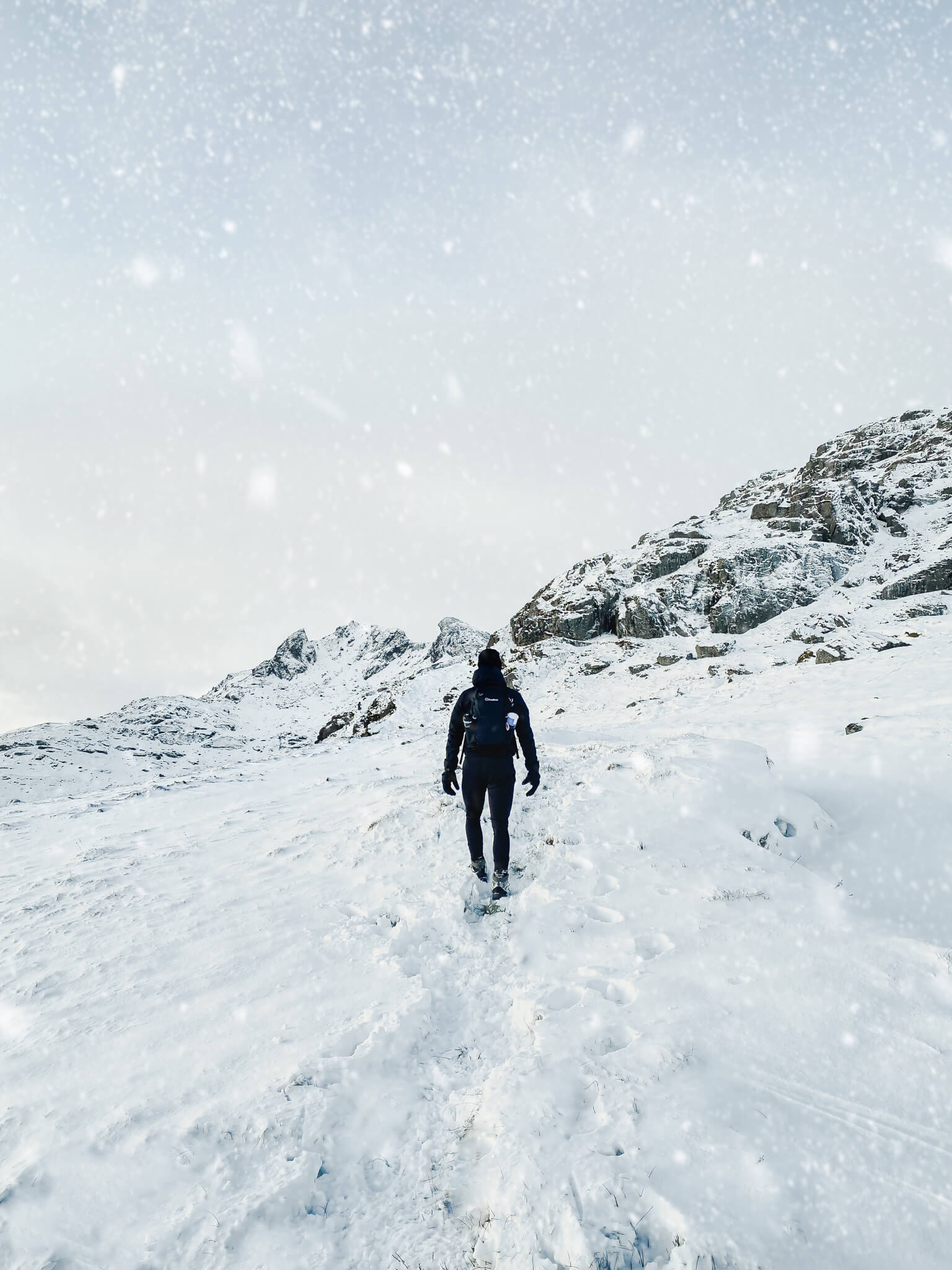
Scotland’s untamed beauty beckons explorers and adventurers alike, its captivating landscapes promising a feast for the senses. With towering mountains, sweeping hills, and awe-inspiring vistas around every bend, it’s no wonder that hillwalking has become a treasured pastime in this enchanting land.
Immerse yourself in the splendour of the Scottish countryside as you venture forth on some of the most beloved hillwalking routes. These trails offer a unique communion with nature, an opportunity to savour the breathtaking panoramas and bask in the serenity of Scotland’s wild heart.
So, lace up your boots and set your sights on the horizon as we guide you through the most sought-after hillwalking adventures. Embrace the call of the wild, and prepare to be enchanted by the boundless beauty of Scotland’s most captivating landscapes.
The Mighty Cobbler
- Height: 884m
- Duration: 4 to 6 hours
It is a popular destination for rock climbing enthusiasts in the Southern Highlands and is classified as a Corbett.
Step into the legendary realm of The Cobbler, a striking mountain whose storied past weaves a tapestry of adventure and intrigue. Though some maps may label it Ben Arthur, The Cobbler’s iconic moniker harkens back to the 19th century, when tales spoke of The Cobbler and his Wife. Nestled within the formidable Arrochar Alps, the mountain’s craggy summit calls to mind a cobbler hunched over his work, its unmistakable silhouette visible from miles away.
The Cobbler boasts a trio of summits, with the middle peak reigning supreme. A rocky outcrop marks the true pinnacle, while the three summits cluster around a small glacial cirque. Surprisingly, their striking forms result from large-scale land slipping rather than ice erosion. The North Peak is riddled with fissures, giving way to thrilling climbing routes that snake through its core. The Summit and South Peak stand as remnants of a once-mighty ridge that has since slipped into Glen Croe, leaving the mountain’s western flank treacherous or impassable.
For mountain enthusiasts, The Cobbler is an unmissable gem in the crown of Argyll and Bute. Offering a distinctive and exhilarating climbing experience, this storied peak awaits those who dare to conquer its rugged heights and bask in the glory of its breathtaking vistas.
Ben Vorlich
- Height: 943m
- Duration: 5 to 6.5 hours
Ben Vorlich is a magnificent mountain located in the Scottish Highlands, offering breathtaking views of Loch Lomond, the Arrochar Alps, and surrounding areas. It is often approached from the Loch Sloy side, but there are alternative routes for those seeking a more unique experience.
The journey begins with a leisurely walk along a track leading towards Loch Sloy and its dam. From here, a steep track ascends towards the summit ridge, which can be followed to the peak for stunning panoramic views.
This adventure is suitable for hikers with moderate fitness levels. While the mid-section can present a challenge, one can tackle it with perseverance and determination. The trek typically lasts 5-6.5 hours, making it a perfect day trip for those seeking a thrilling outdoor experience.
Overall, Ben Vorlich is an excellent choice for outdoor enthusiasts looking for an adventure in the Scottish Highlands. The spectacular scenery, combined with the sense of accomplishment after reaching the summit, makes it a journey to remember.
Ben Vane
- Height: 915m
- Duration: 5 to 7 Hours
Experience the rugged beauty of Scotland with a trek up Ben Vane, a mountain that may be small in stature at 915m but packs a big punch in terms of adventure. This rocky peak located in the Arrochar region may just qualify for Munro status, but one should not underestimate it. The ascent offers a mix of tracks, steep paths, and stony hillsides, making it an exciting and challenging walk for beginners.
As you set off on the trail along the A82, the mountain may hide from view, adding an air of mystery and intrigue to your journey. The hike begins with an easy start, taking a big track to the base of the mountain, but as you approach the ridge, the terrain becomes more challenging with steeper paths and a slight scramble to the summit.
Ben Ime
- Height: 1011m
- Duration: 4.5 to 6.5 hours
If you’re looking for a thrilling hike in the Scottish Highlands, consider conquering Ben Ime. The journey starts by descending west for about 1km along Ben Vane’s western side. Hikers need to be prepared for wet grassy terrain as there are no paths to follow during the gradual descent.
Once you reach the bealach, cross one burn and follow the path uphill that leads towards Beinn Ime. As you ascend, keep aiming for Glas Bhealach and turn southwest. Then, continue south up the northern shoulder of Beinn Ime, following the path that leads to the summit trig-point.
The final ascent stretch is challenging, but the stunning views in all directions from the summit make it worth the effort.
Ben Narnain
- Height: 926 m
- Duration: 5-6 hours
To summarize, from the summit of Beinn Ime, hikers can follow a worn path that heads southeast for about 300 meters before turning and losing height. The path becomes fainter and wetter as hikers approach Bealach a’Mhaim, which can be home to cows in the summer. Once on the summit, hikers can take in panoramic views of the surrounding hills and valleys.
As hikers approach the bouldery ground and the summit cairn and trig point, they are greeted with fantastic views over Loch Lomond to Ben Lomond, framed by some of Beinn Narnain’s crags. In clear weather, hikers may also be able to see directly through the hole on the summit boulder of The Cobbler.
Loch Lomond National Park

Arrochar is a great base from which to explore Cowal to the north and Loch Lomond to the south. Head north to the Rest and Be Thankful mountain pass, a famous spot for centuries-old views of Glen Croe. You can see the old road snaking its way through up the glen. Imagine the people and horses who have climbed it – looking forward to that rest at the top!
Head south from Arrochar, and you reach Tarbet on Loch Lomond. In 1263 a Viking raiding party hauled their longships two miles overland from Arrochar to Loch Lomond.
Arrochar’s accessibility is one of its greatest advantages. This popular mountaineering base is just an hour’s drive from Glasgow, and it is also reachable by train via the West Highland Line. The village offers a diverse range of accommodations, from hotels to campsites, as well as numerous dining and drinking options.
Rather than travelling to the European Alps, why not consider Arrochar for your next outdoor adventure? With so much to see and do in the surrounding areas, such as Helensburgh & Loch Lomond, you’re sure to have a memorable trip.
Escape the City and Find Solace in Arrochar Alps
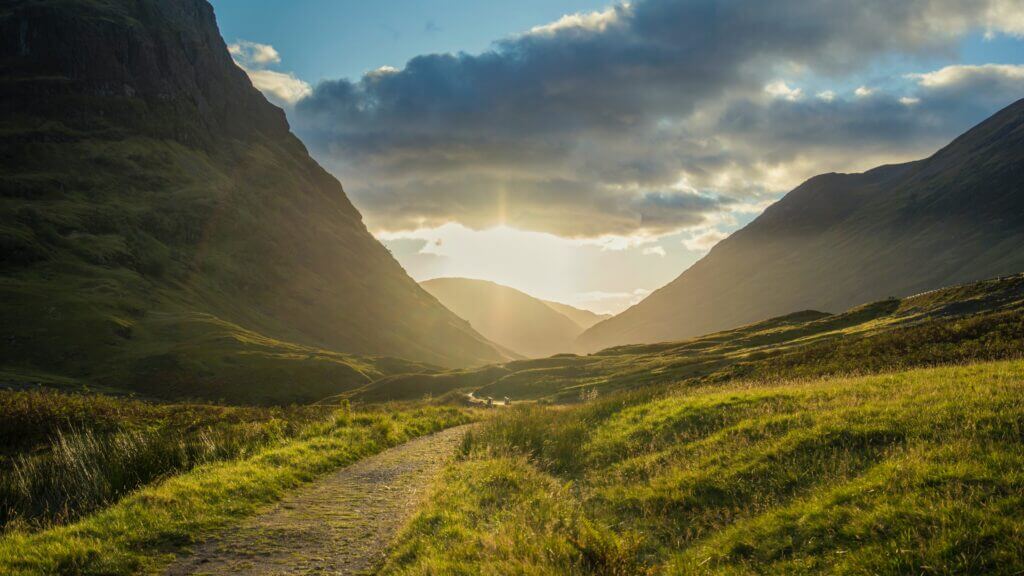
So why not take a break from the hustle and bustle of daily life and immerse yourself in the grandeur of Argyll’s natural wonders? Leave behind the stress and expense of planning a trip elsewhere and embrace the enchanting Arrochar. It’s a decision you won’t regret and an adventure you’ll never forget.

